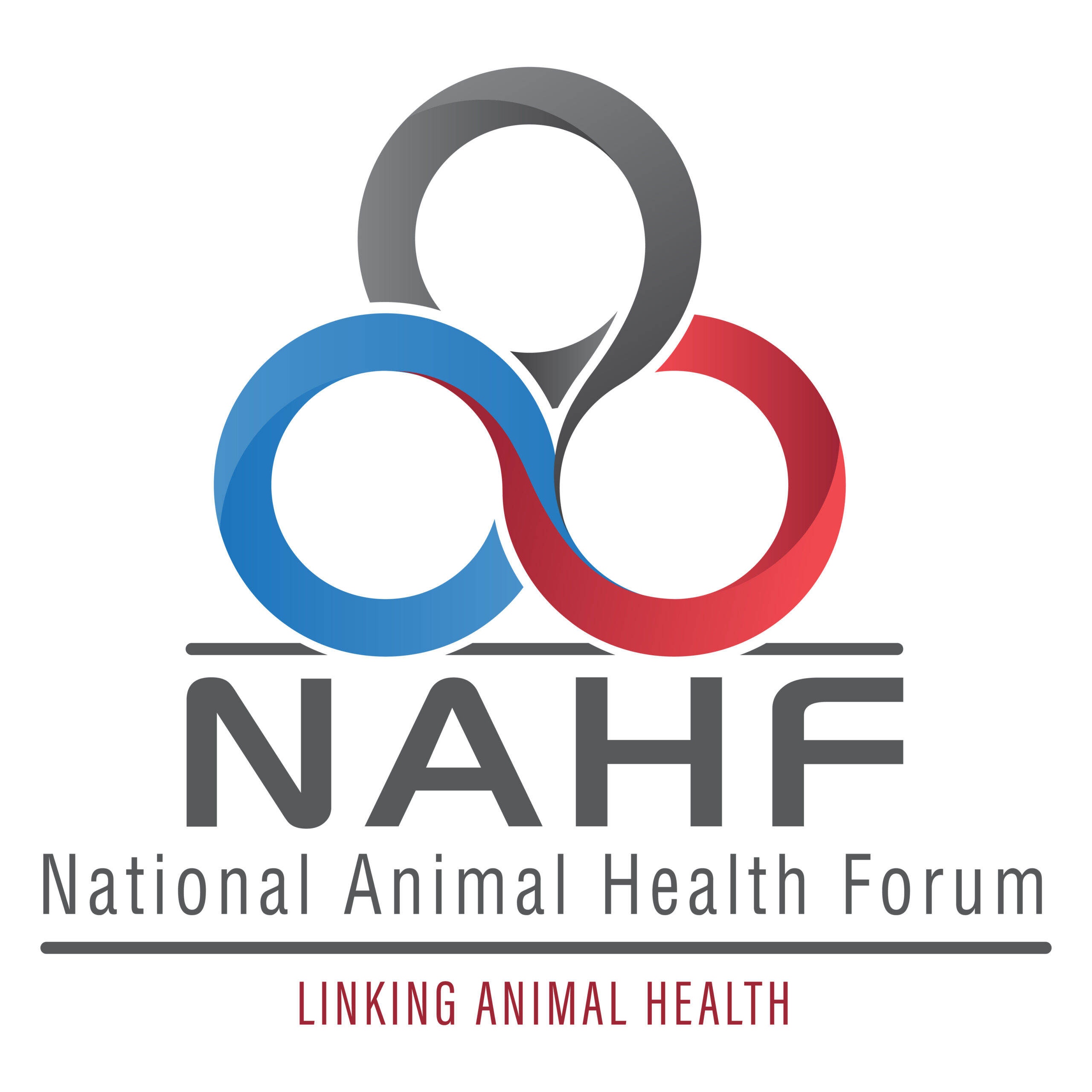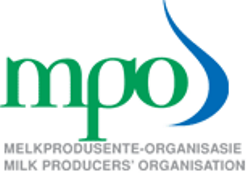Background
According to the Food and Agriculture Organisation of the United Nations (FAO), social responsibility addresses one of the key risks to the farming enterprise and is integral to good dairy farming practice. Human resource management is one of the pillars which ensures the sustainability of a dairy farming enterprise. Good dairy farming practices for the social management of dairy farms are implementing effective and responsible management of human resources and ensuring that farm tasks are carried out safely and competently.
In the FAO’s Guide to Good Dairy Farming Practice, it states that dairy farming, among others, provides social benefits to farmers and their wider communities and that good dairy farming practices can also help to manage the social risks to the enterprise.
Definitions of social responsibility
The practice of producing goods and services in a way that is not harmful to society or the environment: the practice of producing goods and services in a way that is not harmful to society or the environment. the practice of producing goods and services in a way that is not harmful to society or the environment: The whole area of social responsibility is becoming much more important to the consumer. Corporate social responsibility is an issue on which we can judge even the smallest company. – Cambridge Business English Dictionary
(Definition of social responsibility from the Cambridge Business English Dictionary
The obligation of an organisation’s management towards the welfare and interests of the society in which it operates – Business Dictionary
Sustainable agriculture is progress with respect to four goals, among which is increasing the quality of life for farmers, farm workers, and society as a whole. – The Committee on Twenty-First Century Systems Agriculture (2010)
Social sustainability is often broadly defined to include community impacts, general human rights, social justice, and labour rights and treatment.
For mid-size and larger dairy operations, the labour management aspects of social sustainability will be a key issue. Elements that could be included are wages and benefits, health and safety, stable employment and retention, compliance with local laws and international conventions, and employee participation in improving workplace conditions.
Compared with environmental impacts, which are often quantifiable, labour sustainability and broader social impacts are more difficult to measure. In addition, research on the sustainability impacts of agricultural labour management practices is limited.
Farm employers and employees should start thinking about what they believe socially sustainable production, and in particular sustainable labour management, should look like. The more they discuss it with each other, with processors, buyers, consumers, and other stakeholders in the agri-food system, the more likely they are to have a voice in how it will be defined. In addition, the more farmers and farm employees are involved in these decisions, the better for a sustainable agricultural production. – Sustainability Agriculture, Social Responsibility, and Dairy Farming, Vera Bitsch, Dept. of Agricultural, Food & Resource Economics, USA – Michigan Dairy Review, January 2011 http://msue.anr.msu.edu/uploads/234/76566/Sustainability_Agriculture.pdf
In 2009, the Global Dairy Agenda for Action (GDAA) was launched as a response of the international dairy sector to demonstrate that climate change was a major concern for the sector and acknowledged its responsibility in working to address this issue. November 2013 saw the launch of the Dairy Sustainability Framework (DSF) – a programme of the GDAA. The DSF is an international dairy value chain initiative designed to align, connect and progress existing activity whilst providing the framework to channel future additional dairy sector sustainability efforts. The DSF consists of 11 Sustainability Criteria with a strategic intent for each of the Criteria and includes:
Rural economies
The dairy sector contributes to the resilience and economic viability of farmers and rural communities.
Working Conditions
Across the dairy value chain, workers operate in a safe environment, and their rights are respected and promoted. – Global Dairy Agenda for Action, Dairy Sustainability Framework, Annual Report 2014 http://dairysustainabilityframework.org/wp-content/uploads/2015/12/DSF-Annual-Report-2014-UPDATED.pdf
The strategic vision is ‘dairy farming working for everyone’. To achieve this vision, dairy farming must be competitive and responsible. Defending and enhancing New Zealand dairy
farming’s competitive advantage is a continued effort, building on previous strategies and focussing on the key areas that make a difference to the economic performance of dairy farming. Dairy farming must also address its responsibilities inside and outside the farm gate. A responsible dairy farming industry is one which demonstrates good stewardship of resources, acknowledges its duty of care to people and animals, and which builds a better
New Zealand through the contributions of farmers and the wider industry to New Zealand society.
| Area of responsibility | Key issues
|
| A duty of care for people employed on and around
dairy farms
|
Highly demanding farm work environment and
long hours, particularly during calving • Health and safety issues arising from physical nature of the work • Farming attitudes and work culture |
| Role in local communities | • A highly mobile workforce, with individuals
changing farms and districts on a regular basis • Pressure on rural community resources and Infrastructure |
– Strategy for sustainable dairy farming 2013 -2020, Dairy New Zealand.
Dairy Farmers of Canada continues to approach sustainability in a systematic and holistic way that encompasses animals, farms, environment, economic and human resources.
- 60% of dairy farms provide working conditions that go beyond labour standards
- 87% of dairy farmers are actively engaged in their community.
| Socioeconomic and Environmental Life Cycle Assessment (LCA) of Canadian Milk Production, 2012 |
Published on Tuesday, 29th August 2017 - 22:44
Recent Posts
disclaimer









